Overview
Steelpoort - a chrome-mining WearCheck customer recently embarked on a reliability improvement programme which focused on the handling and management of commodities used in their production equipment (LHDs – load, haul, dump machines), namely fuel, lube, air and coolant. An audit was completed and recommendations for improvements were broken down into quick fixes, as well as medium- and long-term goals.
When mining the customer oil analysis data, we identified soot levels to be exceptionally high on both the Cummins and John Deere engines used in these LHDs. These machines operate 80 hours a week and are serviced at around the 160 hour mark. Attempting to push past this point would negatively affect the life cycle of the engine. High levels of wear, increased viscosities, and a significant spike in soot from time to time meant that these engines had to have their service intervals reduced from the OEM’s recommendation of 250 hours. The decision to comprehensively service these machines every two weeks, coupled with engine failures, became a big cost pressure for the mine.
The problem
Soot is a by-product of combustion. Increased levels of soot could indicate many things but, in this case, we found that after the 160 hour mark, these air filters were heavily loaded with process contamination. The poor air/ fuel mixture no doubt caused the high soot levels and an attempt to bring soot levels down was initiated.
The graph below represents the soot values between services:
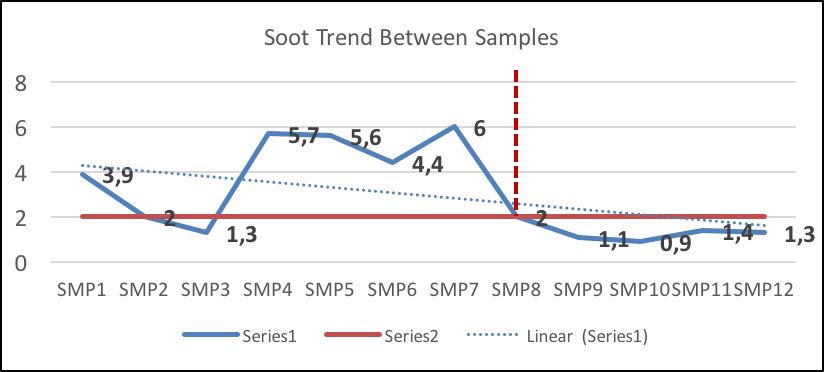
The checkered red line indicates point of installation
The solution
The filter used by the OEM on this LHD was a Donaldson PowerCore. This filter has a conventional primary and safety filter set-up with a built-in pre-cleaner. Given that the oil reports were screaming at the air filter, we substituted the PowerCore filter with another Donaldson filter as we found their FRG series housing (FRG11-0241) would be the right choice for this application. We added to this filter our NEZROTEK air pre-cleaner.
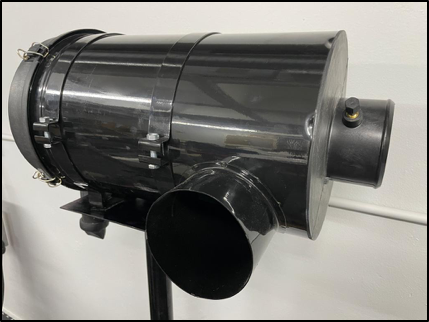 |
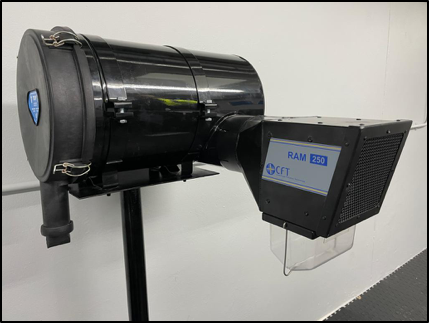 |
|
The Standard FRG11 – Filter Housing |
The Standard FRG11 with NEZROTEK Pre filter connected |
The results
The results from this trial were instant. After the first sample we could see an improvement in the levels of soot which got progressively better over time. This is what is referred to as an “optimised state”. Loosely translated, this means that the engine is basically happier than before.
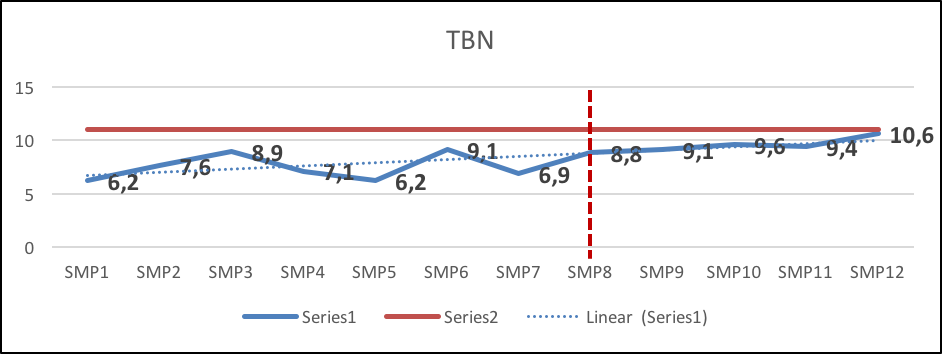
One of the more notable trends was that of the Total Base Number (TBN). Less harmful by-products of combustion meant that the oil did not have to work as hard, thereby increasing the TBN to healthier levels.
On a side note, the pre-cleaner removed an average of 139 grams of process contamination over a six week period.
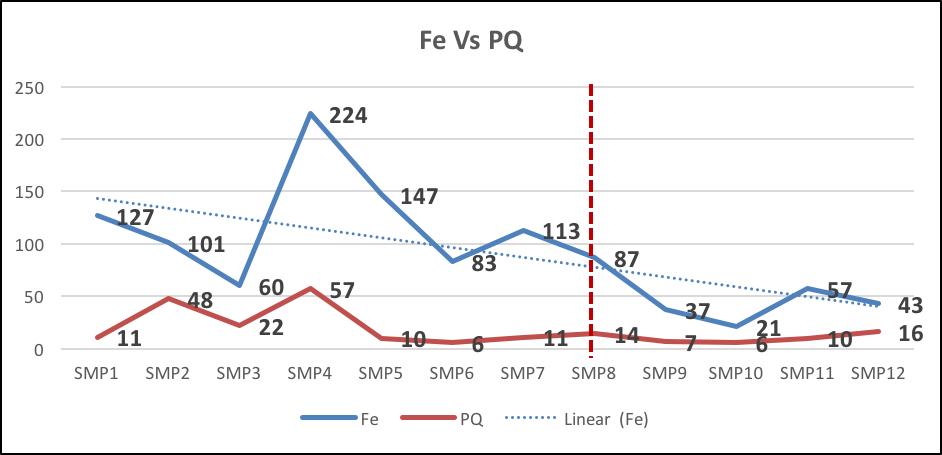
Conclusion
We have, since these results, marginally increased the size of the pre-cleaner to allow for more air flow and lower clean deferential pressure, which should allow for even longer filter life. This, in conjunction with lower overall wear and improved oil health, allows us to look at extending the drain interval. This will be a consideration however, for now, the focus is on getting maximum life out of our capital-intensive components.

